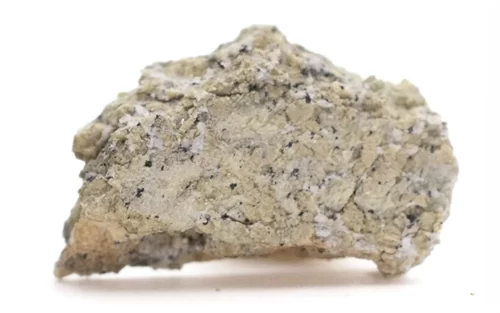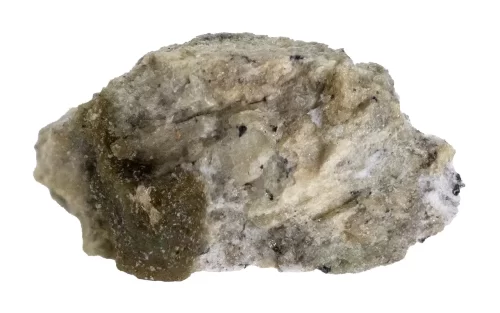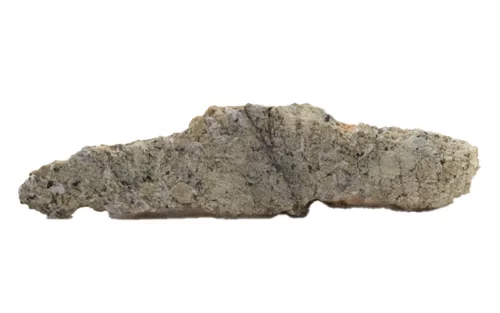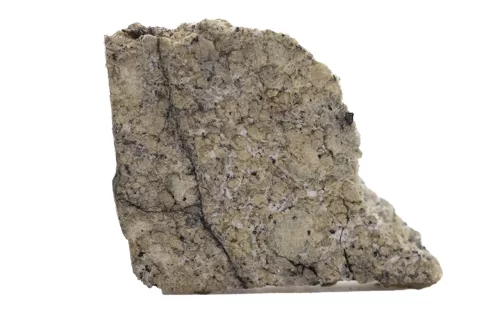Northwest Africa 12241
Martian, shergottite
Found in Morocco, 2018
In 2018, Mohamed Brahim Sueilem purchased NWA 12241 from a dealer in Algeria. Many meteorites come from Northwest Africa because the arid climate is ideal for preserving meteorites. Expanses of desert, sparse grasslands, and cover also make it an ideal location for meteorite hunting.
The Martian material weighs a total of 1,150 grams and consists of fragments, of which a few proudly display black fusion crust. The delicate specimens are pale green and contain white plagioclase. Dr. Tony Irving and Dr. Scott Kuehner of the University of Washington Seattle studied the fragments, determining that they were from Mars. They also found that the fragments were gabbros, and that they contained olivine. Gabbro is formed when magma cools slowly—it is different from basalt, which can be formed by magma but can also be formed by lava.
Levels of shock are judged to be low, based on the absence of optical effects in plagioclase and the complete lack of any conversion to maskelynite; the presence of widespread microcracks in mafic silicates is the only clear evidence of shock, as noted by the official write up.
Martian meteorites are incredibly rare; they make up less than 0.5% of all known meteorites. Of those, most are shergottites, which are igneous rocks.
When a meteorite is classified as having Martian origin, it means that it has elemental and isotopic compositions similar to atmospheric gasses and rocks found on Mars. Martian meteorites were likely ejected from the Red Planet after an asteroid impact. The ejected rocks traveled through space, and their trajectory crossed Earth’s orbit; after surviving a fiery fall through our atmosphere, the rocks landed on Earth as meteorites.
Showing all 15 results
-
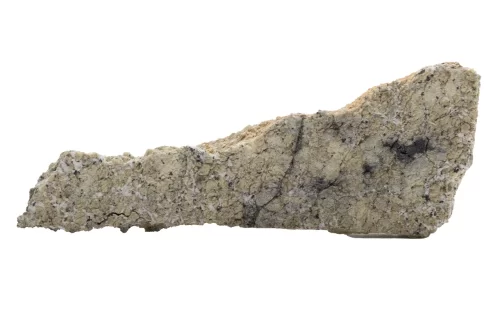
Northwest Africa 12241 1.41g
$353.00 Add to cart -

Northwest Africa 12241 10.0g
$1,950.00 Add to cart -
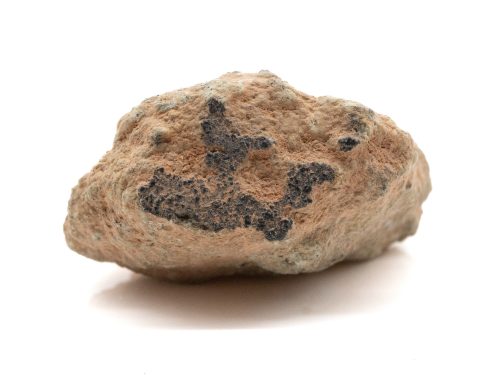
Northwest Africa 12241 10.1g
$1,970.00 Add to cart -
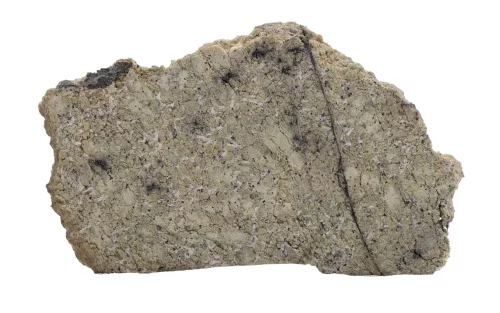
Northwest Africa 12241 3.0g
$850.00 Add to cart -
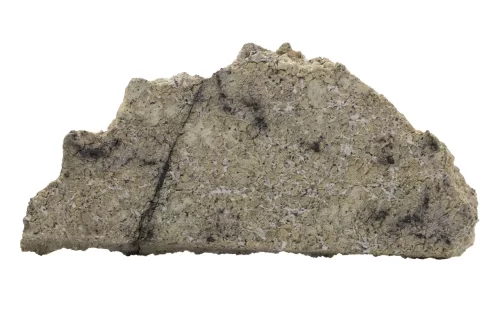
Northwest Africa 12241 3.27g
$818.00 Add to cart -
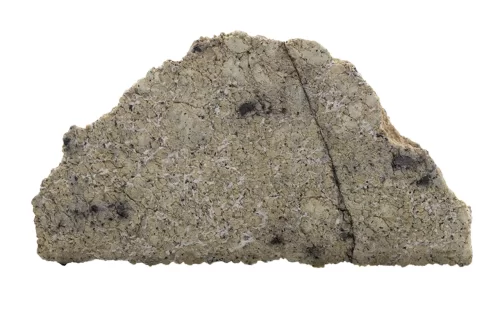
Northwest Africa 12241 3.2g
$795.00 Add to cart -

Northwest Africa 12241 4.5g
$1,125.00 Add to cart -
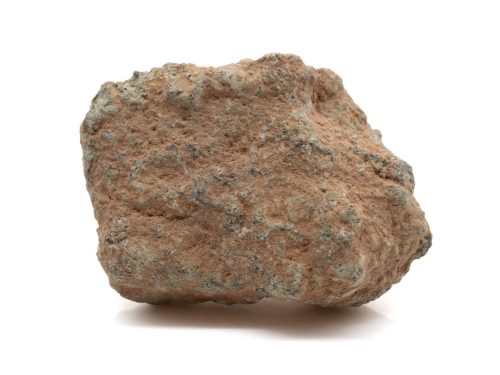
Northwest Africa 12241 6.6g
$1,155.00 Add to cart -
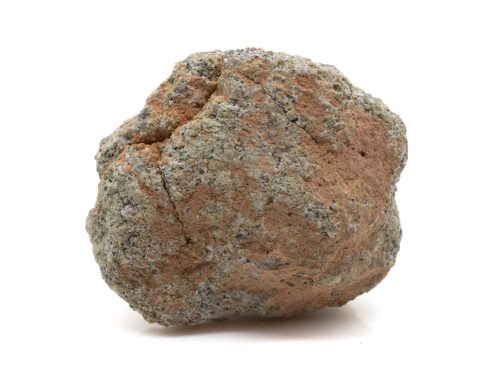
Northwest Africa 12241 8.5g
$1,485.00 Add to cart


